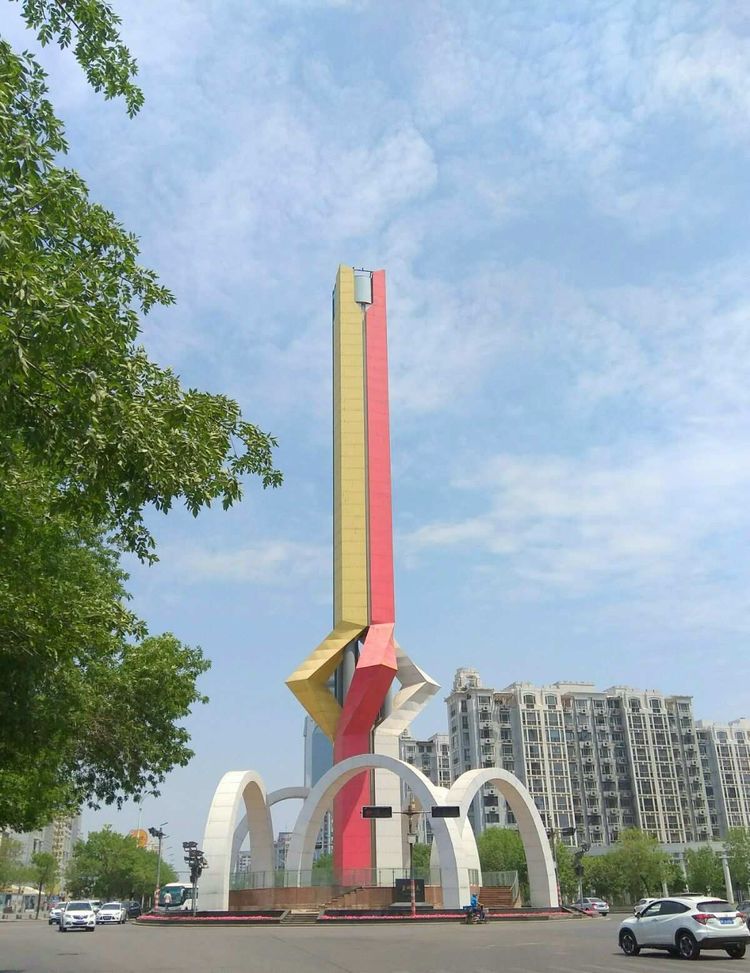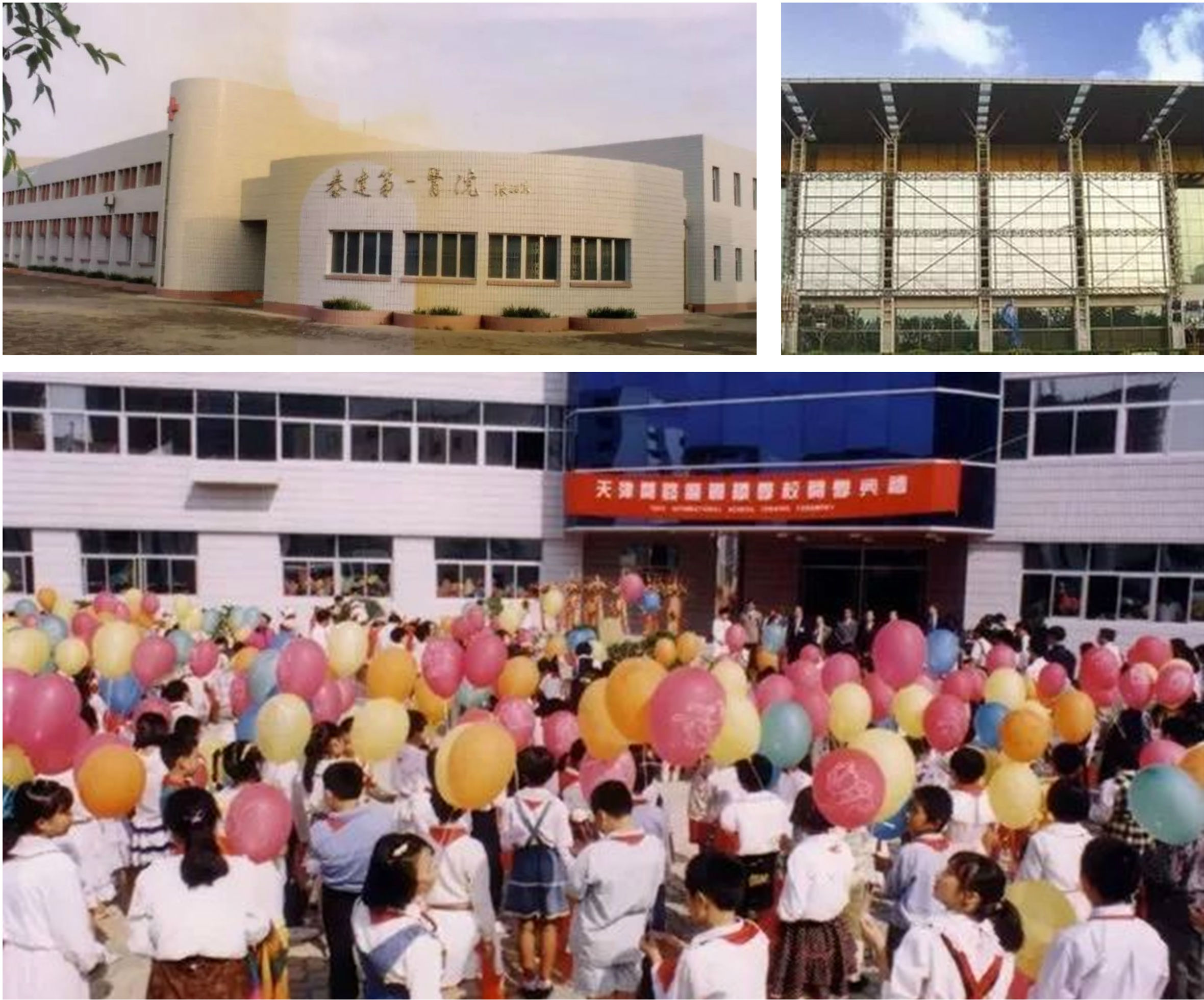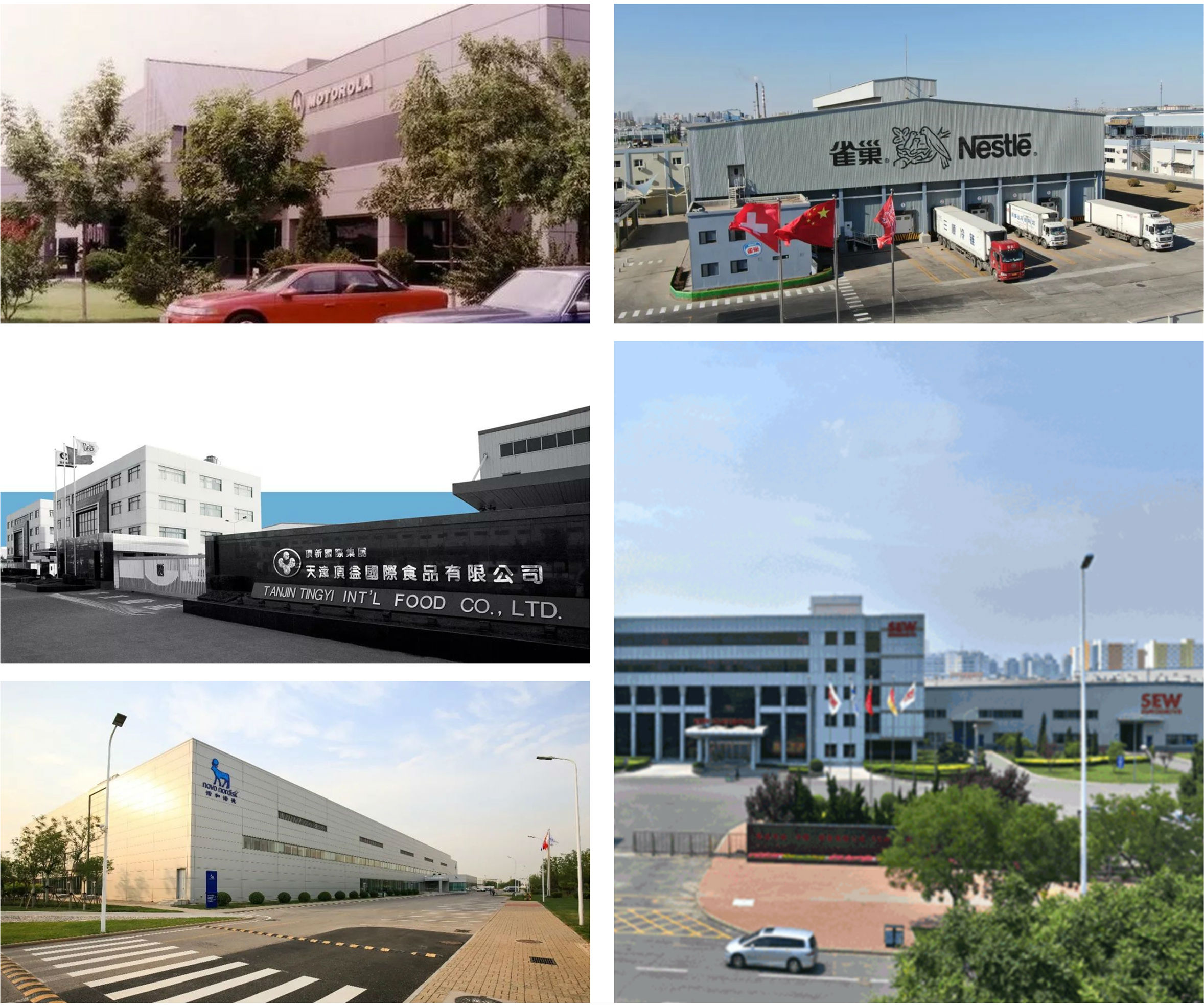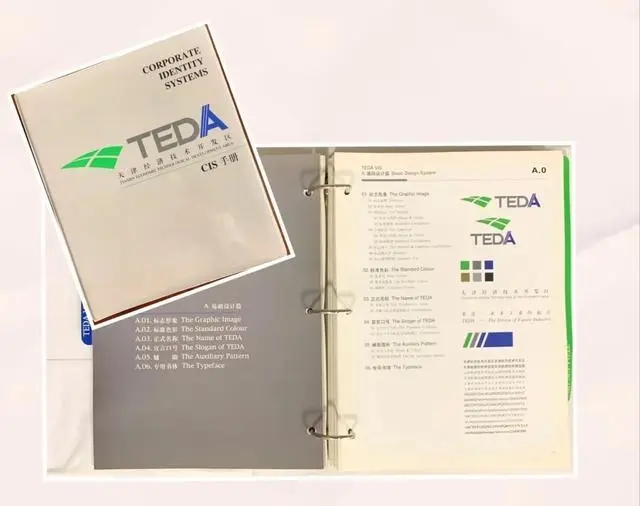Growing with Our Investors—TEDA Striding Ahead (1990-1994) (Part I)

In 1992, Comrade Deng Xiaoping delivered the important Southern Tour Speeches. Inspired by his speeches, regions across the country accelerated the pace of reform and opening-up. Tianjin Economic-Technological Development Area (TEDA), as one of China’s earliest 14 national-level development zones, swiftly embraced the second wave of reform and opening-up. With continuously optimized investment environment and more professional and efficient services, TEDA successfully attracted multinational corporations to invest and establish factories. Regional investment structure significantly improved, propelling TEDA into a period of rapid development.

In the early 1990s, TEDA’s investment attraction efforts began to yield some results and its urban construction saw visible progress, injecting vitality into regional development. These further strengthened TEDA’s confidence and determination in opening-up, as it continued to strive towards creating an international-standard investment environment. Efforts were made to ensure smooth roads, electricity, telecommunications, heating, water supply, drainage, etc., providing necessary infrastructure for large-scale enterprises.

Through interactions with large-scale enterprises, especially multinational corporations, TEDA realized that these companies valued not only preferential policies but also globalized level of regional investment environment. This aligned well with TEDA’s philosophy of simulating international business environment. Starting from scratch, TEDA began to strengthen infrastructure construction. In 1990, TEDA Hospital was completed; in 1991, TEDA Gymnasium was built. In 1994, TEDA International School was established, implementing both Chinese and international education systems. This international school not only met the educational needs of the local population but also alleviated concerns for foreign investors, playing a crucial role in improving regional investment environment and promoting educational development. It is a bonus point in TEDA’s foreign investment promotion efforts.
Starting in 1994, TEDA launched the Investment Environment Promotion Campaign. For 3 years in a row, it rallied the entire region to comprehensively optimize living, legal, administrative, production, business, and cultural environments.

As tangible environment continued to improve, TEDA also visibly upgraded its services. In order to better serve enterprises and facilitate their operations, TEDA proactively promoted the reform of approval mechanisms starting from 1990, and it became the first in the country to implement a “one-stop and streamlined” project approval process with greatly improved efficiency. This model quickly became a common practice among development zones across the country.
In 1992, Comrade Deng Xiaoping made his second Southern Tour and delivered a series of important speeches, bringing China’s overall opening-up to a new climax. Foreign investment, primarily from multinational corporations, began to replace small and medium-sized capital on the Chinese market. In response to the changing domestic investment environment and out of the desire for multinational projects, TEDA swiftly adjusted its service approach, transitioning from passionate response to proactive engagement. It set up a highly efficient and responsive team, successfully attracting numerous large multinational projects to TEDA.
In regional management, TEDA adhered to the rule of law, integrating the concept of legal governance into urban planning and construction since its inception. It established a relatively fully-fledged legal system, which provided strong guarantees for rapid and sustainable regional development. As a pioneer in the rule of law among all development zones, TEDA fully embraced the spirit of exploration and innovation. In 1992, it released the “Interim Regulations on Social Insurance for Employees of Foreign-Funded Firms in TEDA”, mandating that all enterprise employees participate in social insurance and contribute to the housing provident fund. These practices, after a decade of implementation in TEDA, were subsequently incorporated into China’s Labor Law.
The series of innovations in services, management, and legal construction by TEDA have given the region a head start in development. It is the pioneering and enterprising spirit of TEDA people that has propelled the region to lead other development zones in terms of economic and comprehensive development for many years.

Opportunities brought about by reform and opening-up, along with continuously optimized investment environment, have led to rapid development of investment attraction in TEDA. Since its early days, TEDA proposed the nationwide well-known “1-2-3” land development model, which aimed to attract $2 worth of industrial investment for every 1 RMB invested in land development and create $3 worth of industrial output value. This goal was achieved in 1991. However, TEDA soon set higher requirements and expectations for itself: to attract heavyweight foreign-funded firms as sustained impetus for regional upgrade.

In 1992, as more foreign investment rushed into the Chinese market, TEDA seized the favorable opportunity and successfully attracted Motorola, which turned out to be the first large-scale high-tech multinational corporation to set up a wholly foreign-owned enterprise in China. This successful case not only caused a sensation nationwide but also attracted attention of investors worldwide. Motorola became the best endorsement for TEDA in attracting foreign investment from around the world at that time. Subsequently, leading global enterprises in various fields such as Nestlé, SEW, Novo Nordisk, and Samsung successively settled down and took root here, unveiling a new development stage for TEDA.
During this stage, large-scale projects invested by multinational corporations gradually replaced smaller ones. The technological standard, scale, and modernized management level of foreign investment in TEDA all made a qualitative leap, shifting TEDA’s development priority from foundation laying into capacity building. Meanwhile, incoming multinational corporations also attracted their partners from overseas to TEDA and fostered a batch of local suppliers, creating a clustering effect and significantly improving TEDA’s investment structure. High-value-added and high-tech industries such as electronic & information, machinery and biopharmaceuticals continued to expand in TEDA.

As world-renowned enterprises came in flocks, TEDA recognized the significant role of corporate identity in shaping corporate image and promoting products and brands. TEDA Administrative Commission then decided to creatively introduce regional CIS (short for Corporate Identity System) to establish TEDA’s regional brand image globally, further enhance TEDA’s visibility, facilitate investment attraction, and promote high-quality regional development.

In 1993, TEDA commissioned Jiechen Advertising from Japan to design its visual identification system. In 1996, TEDA fully implemented regional CIS, pioneering the theory and application of regional CIS in China. In the same year, the regional icon of TEDA made its debut at the Shanghai National Commodity Fair. Over 100 products from 30 enterprises in the area were branded with “Manufactured in TEDA” for the first time, fully demonstrating TEDA’s regional competitiveness and attracting nationwide attention. Ever since then, following the gathering and growth of industries and continuous enhancement of its comprehensive strength, TEDA saw its image gain more popularity home and abroad with the brand “Manufactured in TEDA” known throughout the world.












 津公网安备 12019002000128号
津公网安备 12019002000128号

